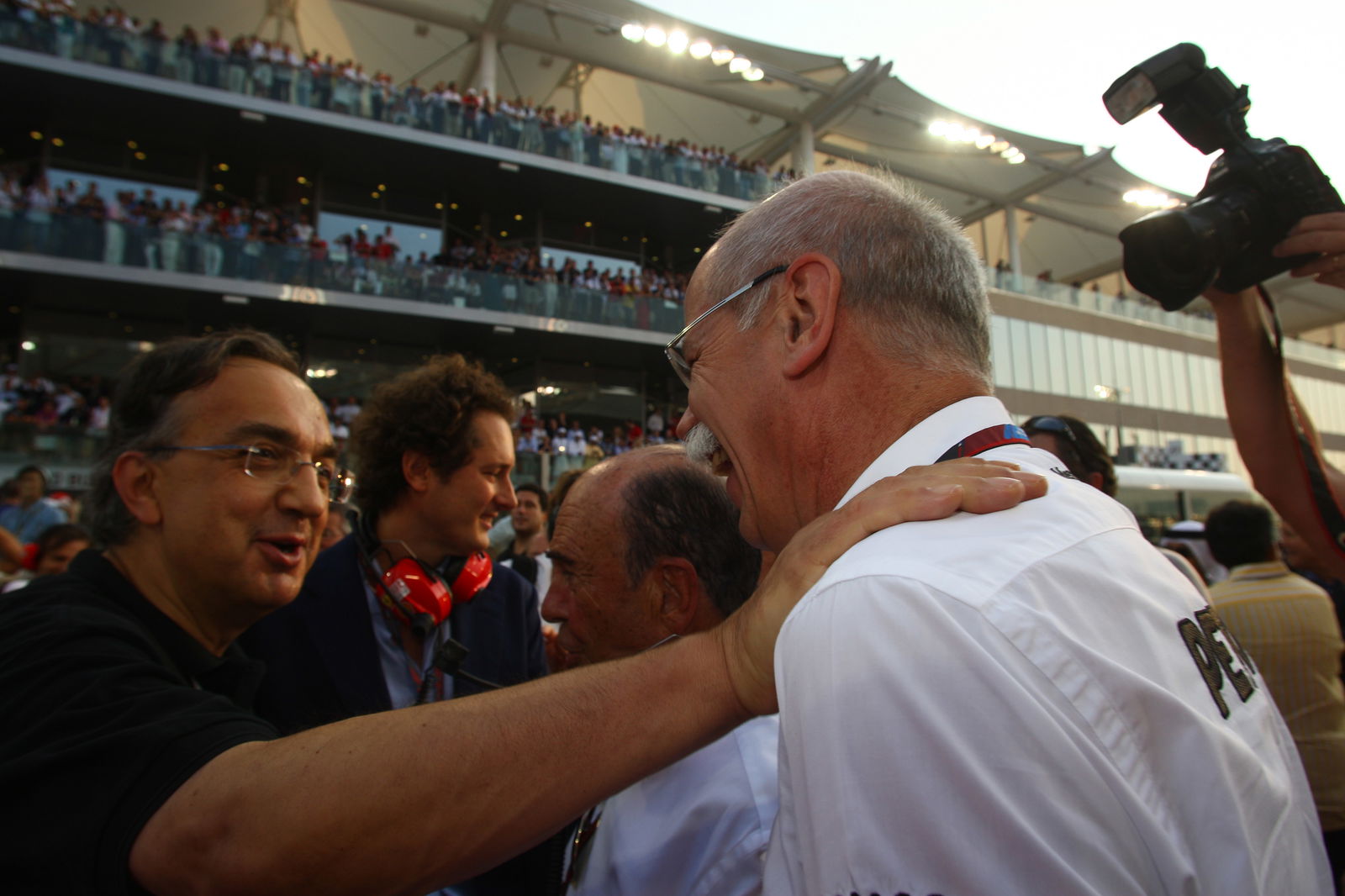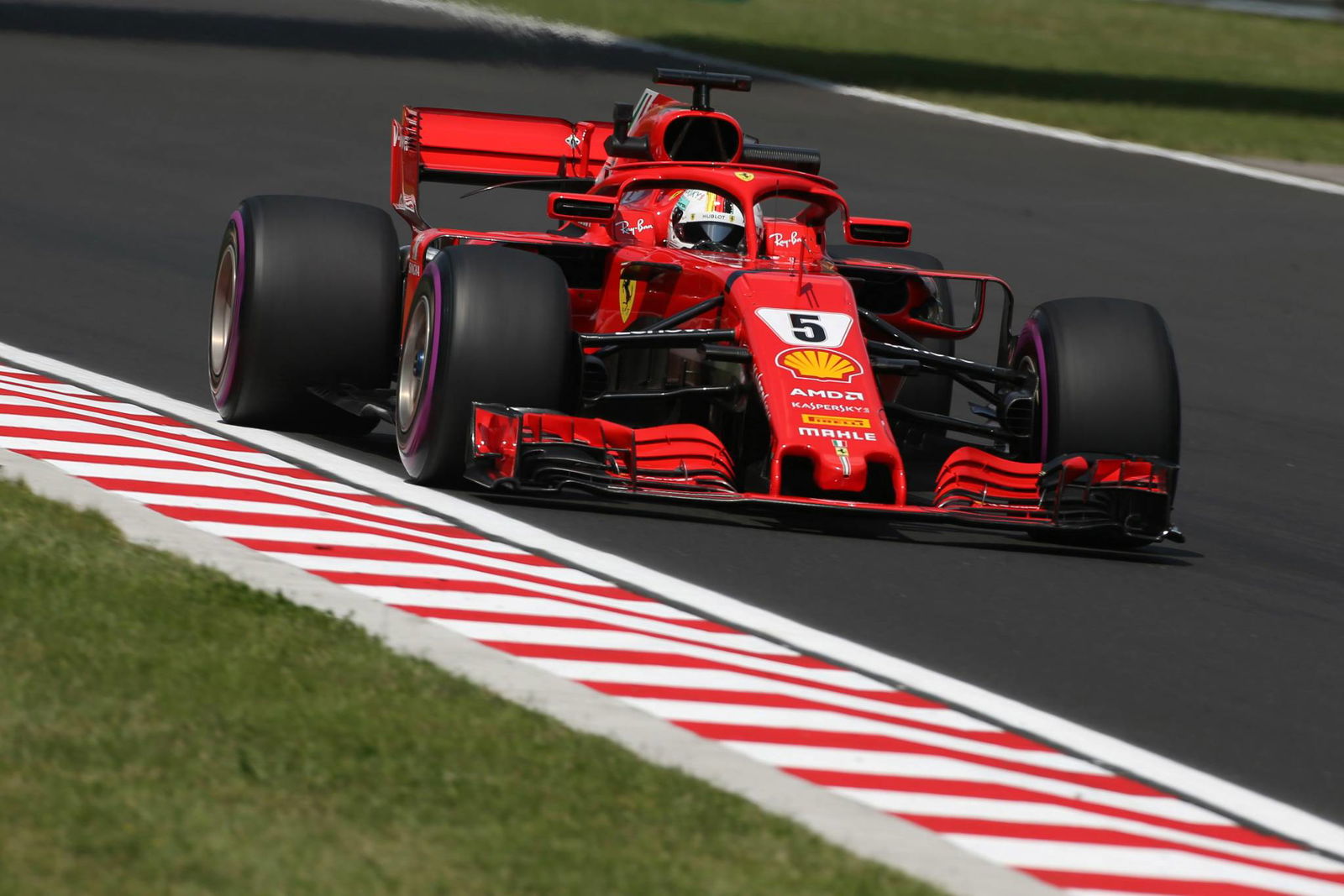Kate Walker: The knowns and unknowns of Ferrari’s future
Following the sad news of Sergio Marchionne’s death earlier this week, tributes for the former CEO have been interspersed with speculation about what the change of leadership at Ferrari and Fiat-Chrysler Automobiles (FCA) will mean for the future of the Scuderia.
A temporary management structure with full executive powers has been put into place at both Ferrari and FCA, and it is expected that Louis Camilleri will remain in the position of CEO in the longer term.

Following the sad news of Sergio Marchionne’s death earlier this week, tributes for the former CEO have been interspersed with speculation about what the change of leadership at Ferrari and Fiat-Chrysler Automobiles (FCA) will mean for the future of the Scuderia.
A temporary management structure with full executive powers has been put into place at both Ferrari and FCA, and it is expected that Louis Camilleri will remain in the position of CEO in the longer term.
Marchionne was an effective and combative leader for Ferrari, and over the past year he had been vocal in his desire to preserve the Scuderia’s historic advantages, threatening to withdraw from the sport if the future of Formula 1 proved not to his tastes. Now that the reins have been passed to a new generation, Ferrari’s future is full of unknowns.
But there are some knowns.
Camilleri comes to Ferrari from Philip Morris, much like current team principal Maurizio Arrivabene. Camilleri was said to have been instrumental in putting Arrivabene in his role when the time came to replace the short-lived Marco Mattiacci.
That might be speculation, but what is known is that while working together at Philip Morris, Camilleri and Arrivabene signed off on 15 years worth of Ferrari sponsorship valued at $160 million per year. That $2.4 billion investment demonstrates a certain amount of confidence on the part of Philip Morris regarding the importance of Formula 1 as a promotional tool, and it can safely be assumed that the men responsible for signing those cheques aren’t going to pull the plug on F1 now that they have control of the race team.

What cannot be assumed are the concessions that the new regime might be willing to make to secure Ferrari’s long-term future in the sport. The battle lines drawn by Marchionne may not still apply, and it is that which is currently the central focus of paddock speculation.
Mercedes CEO Dietrich Zetsche spoke warmly of his counterpart and occasional adversary, saying this week that “the future is a big question mark”.
Speaking to Italian news agency ANSA, Zetsche said: “I have always worked together well with Sergio, even throughout our battles. I don't know what will happen now, because we must start over. I have no doubt that I will continue to have good relations as I did with Sergio. It is clear, however, that we had reached certain fixed points on which we could work together. This will no longer be possible.”
At the beginning of the year, Zetsche and Marchionne were on the same page. “We are the good cop and the bad cop,” Zetsche said in January. “We beat each other like crazy on the track and try to get every tenth of a second of advantage but at the same time we are 100 percent aligned on our thoughts in Formula 1 and our strategic actions in Formula 1. We are good friends.”

Much of the speculation surrounding Ferrari’s future this week has focussed on the 2019 driver line-up, and whether the change of leadership will see Kimi Raikkonen retained for another season or Charles Leclerc promoted to the prancing horses.
But while driver contracts are crucial to the men concerned, the matter of biggest import remains the ongoing negotiations surrounding the future of the sport after 2020, when current agreements concerning governance and the division of the financial spoils come to an end. F1’s brave new world is expected to see cost caps - or cost reduction, at the very least; a retention of hybrid engine technology relevant to the wider automotive industry; and a simplification of aero to allow for closer racing.
Where does Camilleri stand on these issues? Will he follow the path laid out for him by Marchionne, or will he forge his own?
When the Camilleri announcement was made, there was an immediate impact on Ferrari’s value on the New York Stock Exchange (NYSE), with an overnight loss of 2.15 percent on 26 July, and a more substantial drop over the weekend, from a high of $140.31 at close of business on Friday, dropping to $132.50 on Monday morning. At the time of writing, RACE stock was valued at $131.60 per share.
The perception among shareholders is that Camilleri is a consumer goods expert, and not a racing man. Nervous investors - and a board looking for strong returns - could shape the new CEO’s bargaining positions in F1 discussions.
RACE stock has outperformed the market average for return on equity (ROE) over the past year, delivering an ROE of 62.52 percent, against an industry average of 14.1 percent.
Camilleri will not want to upset that particular apple cart, so the key question is what he determines to be the best way of maintaining the status quo. Shareholder pressures are likely to see Camilleri forced to continue along the path set by Marchionne, irrespective of his individual aims and desires.

